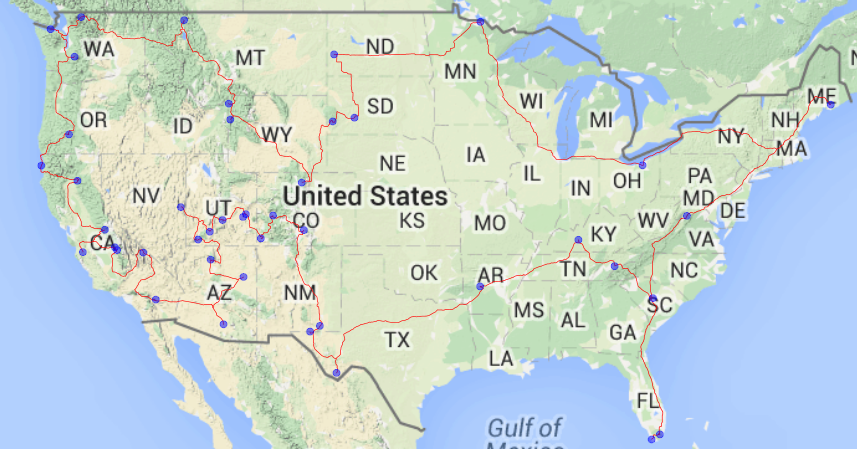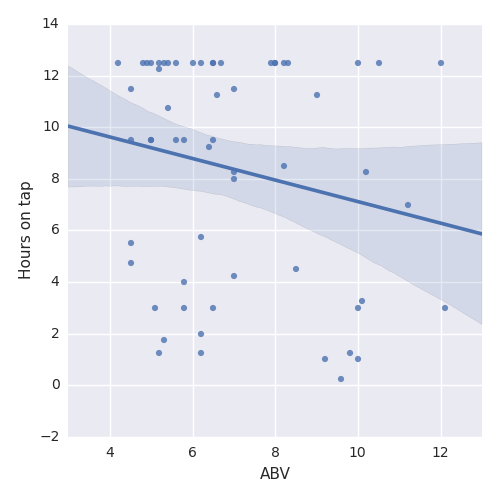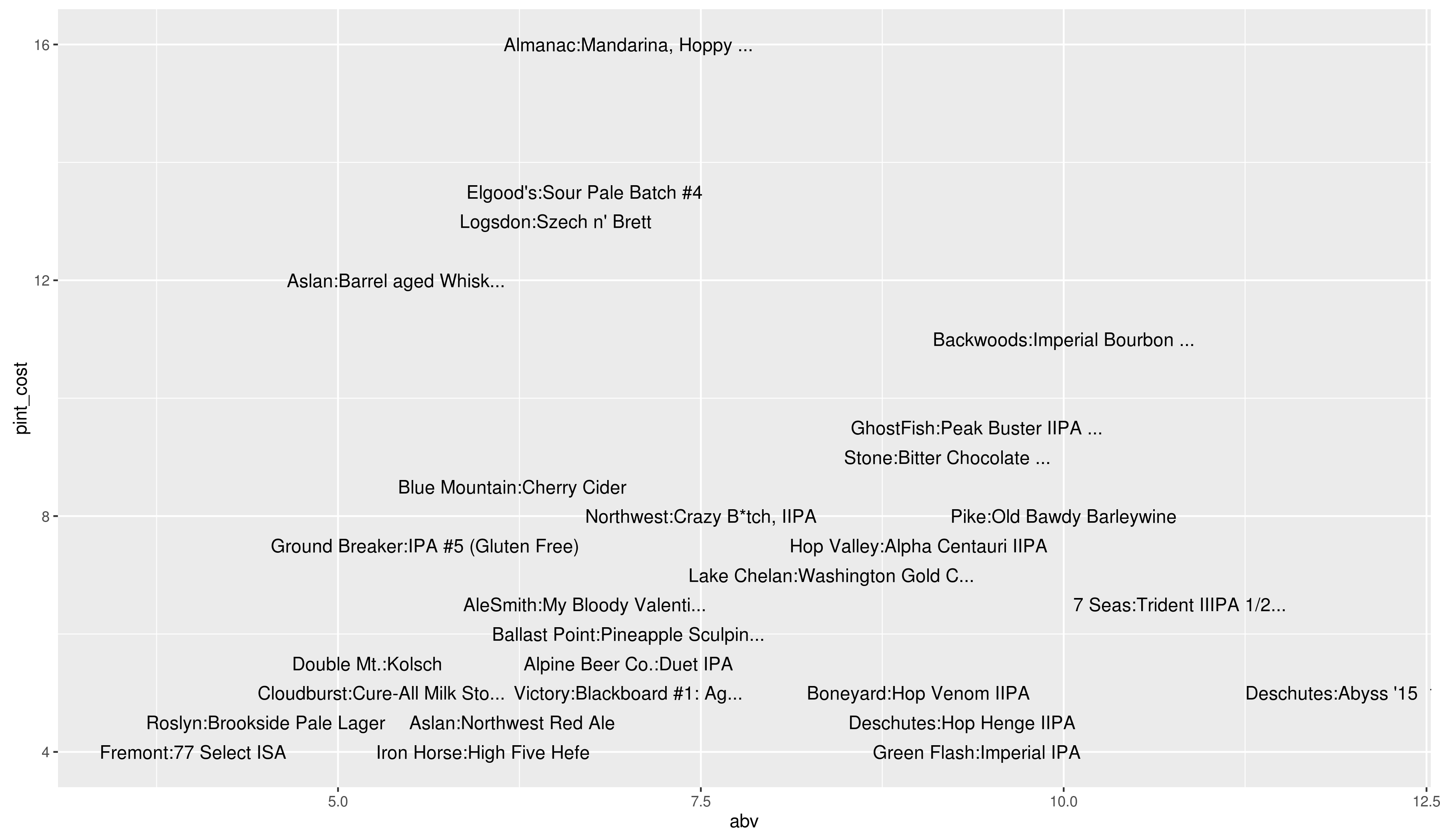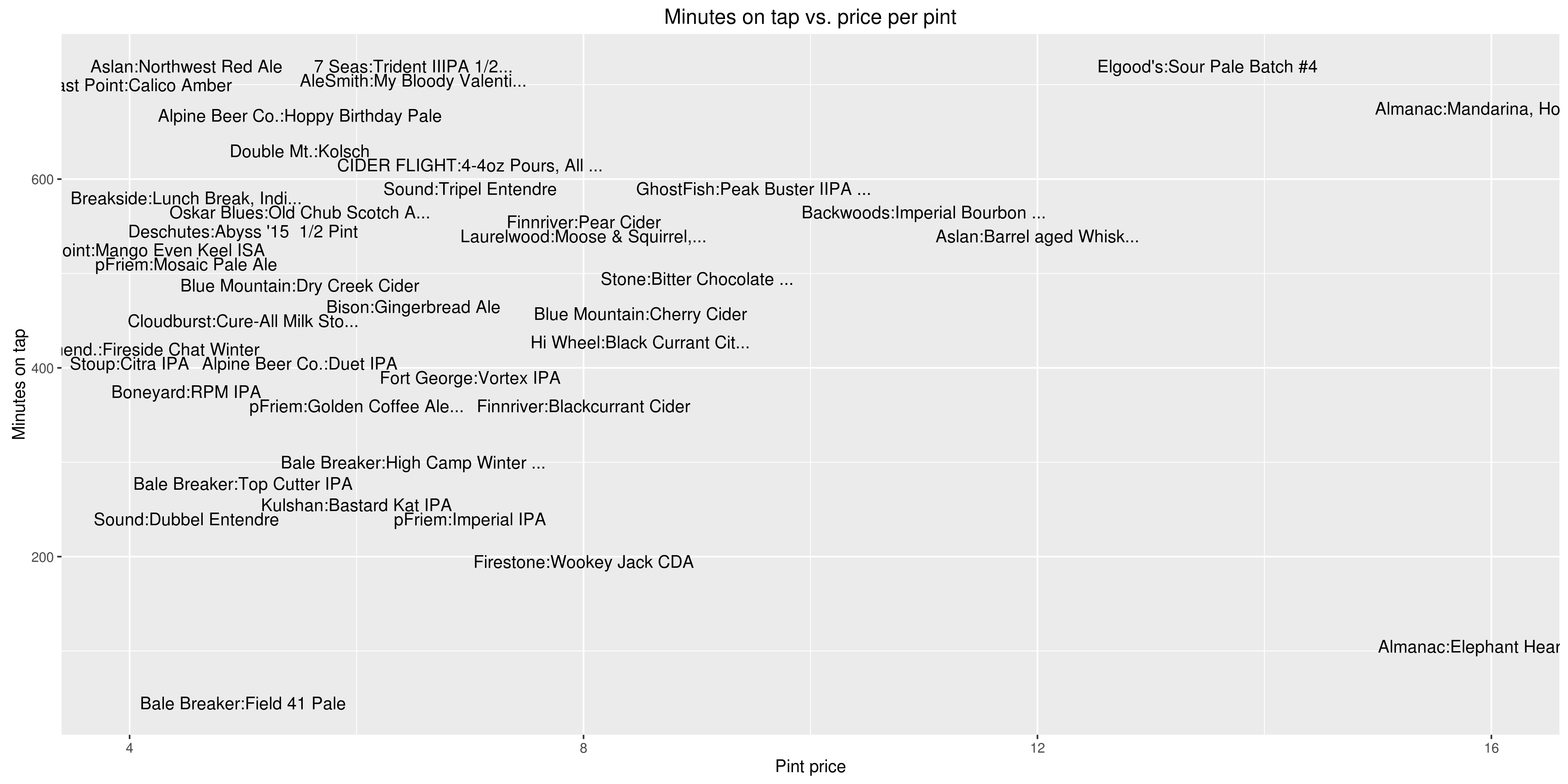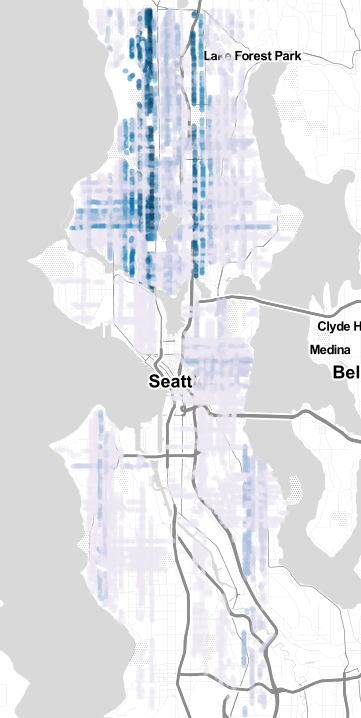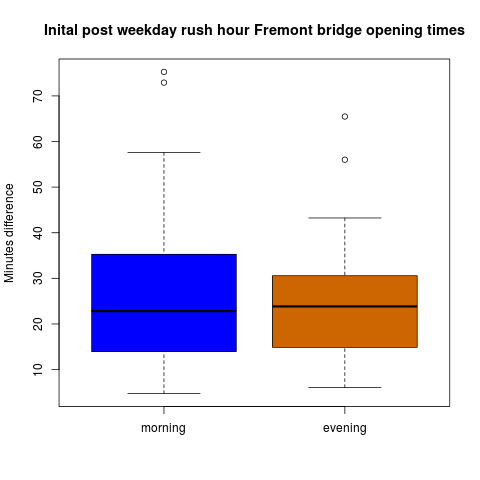Changes in NPS Visits Over Time With D3
This year is the 100th anniversary of the National Park Service and I was curious about how park attendance had changed recently. Andrew Flowers of FiveThirtyEight had a nice overview using official NPS data. The article was interesting but contrary to most of FiveThirtyEight’s pieces there was a stunning lack of interactivity in what I felt was the main figure of the piece

I remade the figure using that same data but just focusong on 2006 until 2015 and basically the popular parks stay popular and vice versa:
Basically, Great Smoky Mountains NP has dominated attendance since its creation but what other parks have recently become popular? I used D3 to make a simple line plot that allowed for interactively exploring park attendance based on year over year change from the mean attendance over the last ten years:
Clearly a spike in recent years - maybe due to lower gas prices or increased popularity of social media?
Also, I was curious about what the trend looked like for the National Monuments.
The most immediate trend that jumps out is the effect of the closing of the Statue of Liberty in 2011 which indirectly caused a slowdown in visits to Castle Clinton.
I aim to visit some new parks and monuments this summer and hopefully looking at the data like this will help me avoid the crowds.
